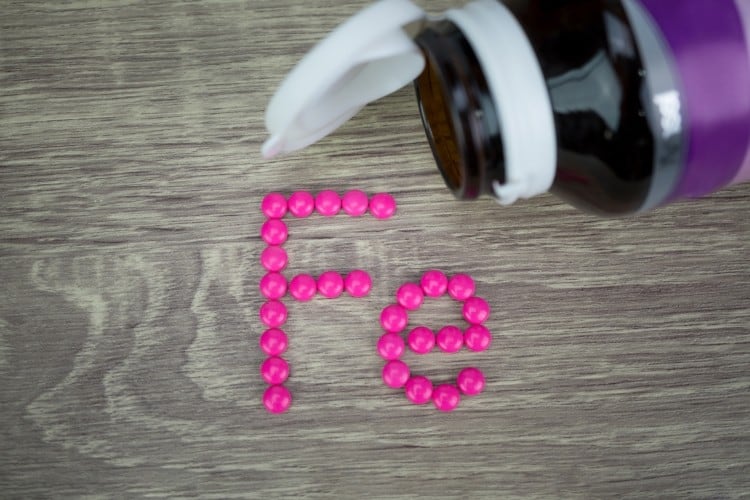Iron deficiency and iron-deficiency anaemia (IDA) are highly prevalent among Indonesian infants and young children (IYC) under the age of two, with severe cases hindering mental development and resulting in lower productivity and quality of life in adults. However, consuming fortified infant cereals (FIC) has been found to increase iron intake during weaning, hence lowering IDA’s social burden.
Researchers from Nestlé Research, the University of Lausanne, Indonesian Sport Nutritionist Association, Ministry of Health and Nestlé Nutrition Institute Indonesia therefore set out to evaluate the current consumption of FIC in IYC and assess its potential effects on the IDA burden on IYC in Indonesia via an economic and health simulation model.
Socio-economic angle
First, they used data from the 2014 — 2015 Indonesia Family Life Survey (IFLS) and Indonesia Demographic and Health Survey 2017 (IDHS-17) to assess the current situation.
Based on their haemoglobin levels of iron, 63% of the study population was anaemic, with the percentage of anaemic IYC highest in the lowest socio-economic status (SES) group (26.1% with mild, 38.3% with moderate and 1.2% with severe anaemia).
The researchers wrote: “This proportion decreased gradually from the lowest to the wealthiest households, where the percentage of children with mild, moderate and severe anaemia were 26.1%, 17.7% and 0.1%, respectively.
“In the overall study sample, these percentages were 30.4%, 31.4% and 1.3% with mild, moderate and severe anaemia, respectively. A total of 37% were not anaemic.”
It is therefore likely that a family’s wealth status influences a child’s diet (increased dietary diversity index with wealth, better access to sanitation, etc.).
Economic and health modelling
The researchers then employed a number of economic and health modelling techniques to assess the potential impact of FIC intake.
They wrote: “The results showed that the consumption of fortified infant cereals yielded a reduction in production losses due to cognitive impairment and mortality (a difference of 8.5% and 13.4%, respectively, compared with not consuming fortified infant cereals; overall difference 8.5%, or USD171 million).
Furthermore, the consumption of fortified infant cereals ameliorated the disability-adjusted life years (DALYs) due to impaired physical activity, cognitive impairment, and mortality by 7.9%, 7.8%, and 12.9% respectively, equating to 43,000 DALYs.
Low awareness and consumption
The researchers also noted that after six months of age, complementary feeding became crucial as children’s “nutritional requirements, alongside their limited gastric capacity, underscore the importance of providing nutrient-dense foods in addition to breast milk”.
Furthermore, any nutritional inadequacies or a low quality of complementary foods would rapidly manifest as micronutrient deficiencies, infectious illnesses, and growth faltering.
Unfortunately, they found that overall FIC consumption only occurred for a short period in some IYC, which was “consistent with consumer insights” that tended to show low awareness of the health benefits of FIC.
Ironing out the issue
The researchers reported that IYC’s haemoglobin levels of iron increased with a longer duration of FIC consumption of one to two servings daily, though their analysis did not account for other factors…such as maternal iron status, or additional dietary components, such as animal products.
They also identified a number of key issues affecting the consumption of FIC, such as improper complementary feeding (which is common in developing countries), and commonly used local foods containing insufficient key micronutrients.
To solve these problems and decrease the burden of IDA on IYC in Indonesia, they recommended consuming one to two daily servings of FIC, as well as extending the consumption period to generate considerable health and economic societal benefits.
They also concluded that a combination of “improved access to FIC with nutrition education and nutritious homemade food might provide the most beneficial impact”.
Source: International Journal of Environmental Research and Public Health
https://www.doi.org/10.3390/ijerph19095416
“Impact of fortified infant cereals on the burden of iron deficiency anaemia in six- to 23-month-old Indonesian infants and young children: A health economic simulation model”
Authors: Alberto Prieto-Patron, et al.


